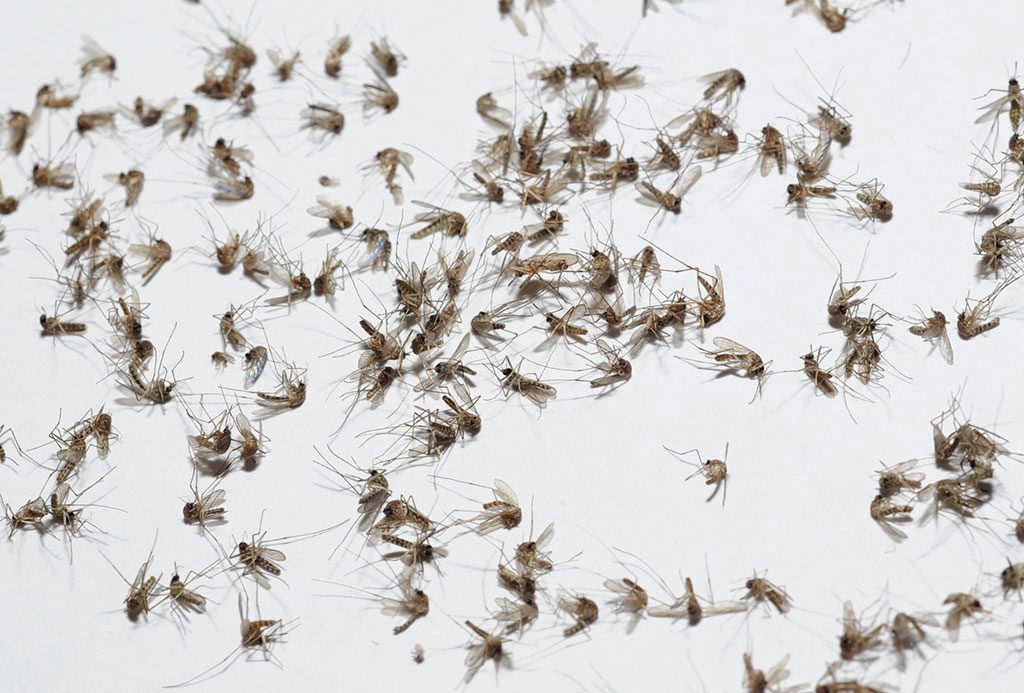Within the last decades, new genetic engineering tools for manipulating genetic material in plants, animals and microorganisms are getting large attention from the international community, bringing new challenges and possibilities. While genetically modified organisms (GMO) have been known and used for quite a while now, gene drive organisms are yet at the consideration and evaluation stage.
The difference between these two technologies, where both are meant to replace certain characters in animals or plants with ones that are more favorable for the human population, is that, even though in gene drive organisms there is also foreign “synthetic” DNA being introduced, the inheritance mode differs. In gene drive organisms, the genome’s original base arrangements are changed, using CRISPR/Cas-9 genome editing. Once the genome is changed, its alterations are carried down the organism’s offspring and subsequent generations.
In their study, published in the open-access journal BioRisk, an international group of scientists led by Marion Dolezel from the Environment Agency Austria, discuss the potential risks and impacts on the environment.
The research team also points to current regulations addressing invasive alien species and biocontrol agents, and finds that the GMO regulations are, in principle, also a useful starting point for Gene Drive Organisms.
There are three main areas suggested to benefit from gene drive systems: public health (e.g. vector control of human pathogens), agriculture (e.g. weed and pest control), environmental protection and nature conservation (e.g. control of harmful non-native species).
In recent years, a range of studies have shown the feasibility of synthetic CRISPR-based gene drives in different organisms, such as yeast, the common fruit fly, mosquitoes and partly in mammals.
Given the results of previous research, the gene drive approach can even be used as prevention for some zoonotic diseases and, hence, possible future pandemics. For example, laboratory tests showed that the release of genetically modified mosquitoes can drastically reduce the number of malaria vectors. Nevertheless, potential environment and health implications, related to the release of gene drive organisms, remain unclear. Only a few potential applications have so far progressed to the research and development stage.
“The potential of GDOs (gene drive organisms) for unlimited spread throughout wild populations, once released, and the apparently inexhaustible possibilities of multiple and rapid modifications of the genome in a vast variety of organisms, including higher organisms such as vertebrates, pose specific challenges for the application of adequate risk assessment methodologies,” shares the lead researcher Mrs. Dolezel.
In the sense of genetic engineering being a fastly developing science, every novel feature must be taken into account, while preparing evaluations and guidance, and each of them provides extra challenges.
Today, the scientists present three key differences of gene drives compared to the classical GMO:
1. Introducing novel modifications to wild populations instead of “familiar” crop species, which is a major difference between “classic” GMOs and gene drive organisms.
“The goal of gene drive applications is to introduce a permanent change in the ecosystem, either by introducing a phenotypic change or by drastically reducing or eradicating a local population or a species. This is a fundamental difference to GM crops for which each single generation of hybrid seed is genetically modified, released and removed from the environment after a relatively short period,” shares Dolezel.
2. Intentional and potentially unlimited spread of synthetic genes in wild populations and natural ecosystems.
Gene flow of synthetic genes to wild organisms can have adverse ecological impact on the genetic diversity of the targeted population. It could change the weediness or invasiveness of certain plants, but also threaten with extinction the species in the wild.
3. Possibility for long-term risks to populations and ecosystems.
Key and unique features of GDOs are the potential long-term changes in populations and large-scale spread across generations.
Most of all, gene drive organisms must be handled extremely carefully, and that the environmental risks related to their release must be assessed under rigorous scrutiny. The standard requirements before the release of gene drive organisms need to also include close post-release monitoring and risk management measures.
It is still hard to assess with certainty the potential risks and impact of gene drive applications on the environment, human and animal health. That’s why highly important questions need to be addressed, and the key one is whether genetically driven organisms are to be deliberately released into the environment in the European Union. The High Level Group of the European Commission’s Scientific Advice Mechanism highlights that within the current regulatory frameworks those risks may not be covered.
The research group recommends the institutions evaluate whether the regulatory oversight of GMOs in the EU can accommodate covering the novel risks and challenges posed by gene drive applications.
“The final decision to release GDOs into the environment will, however, not be a purely scientific question, but will need some form of broader stakeholder engagement and the commitment to specific protection goals for human health and the environment”, concludes Dolezel.
Beyond limits – the pitfalls of global gene drives for environmental risk assessment in the European Union. BioRisk, 4 May 2020.



